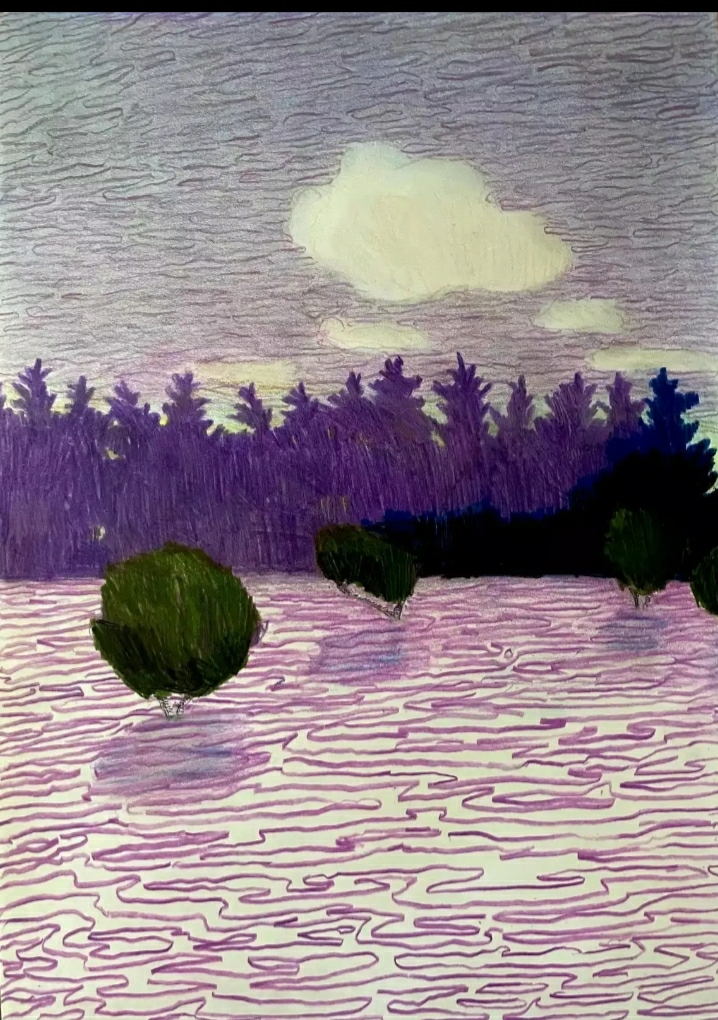Art
413 readers
253 users here now
THE Lemmy community for visual arts. Paintings, sculptures, photography, architecture are all welcome amongst others.
Rules:
- Follow instance rules.
- When possible, mention artist and title.
- AI posts must be tagged as such.
- Original works are absolutely welcome. Oc tag would be appreciated.
- Conversations about the arts are just as welcome.
- Posts must be fine arts and not furry drawings and fan art.
founded 2 weeks ago
MODERATORS
151
152
153
154
155
156
157
158
159
160
161
162
163
164
165
166
167
168
169
170
171
172
173
174
175
 In this bust of his mother, Cecilia Forlani Boccioni, the artist employs Cubist distortions and fragmentation to undermine conventional concepts of beauty. The title refers to Boccioni’s rejection of traditional artistic values, a view he expanded on in his 1914 book Pittura, scultura futuriste, "We must smash, demolish, and destroy our traditional harmony, which makes us fall into a gracefulness created by timid and sentimental cubs." Art historians have speculated that Pablo Picasso’s 1909 bronze Head of a Woman influenced Boccioni since the two works have striking stylistic similarities.
In this bust of his mother, Cecilia Forlani Boccioni, the artist employs Cubist distortions and fragmentation to undermine conventional concepts of beauty. The title refers to Boccioni’s rejection of traditional artistic values, a view he expanded on in his 1914 book Pittura, scultura futuriste, "We must smash, demolish, and destroy our traditional harmony, which makes us fall into a gracefulness created by timid and sentimental cubs." Art historians have speculated that Pablo Picasso’s 1909 bronze Head of a Woman influenced Boccioni since the two works have striking stylistic similarities.















